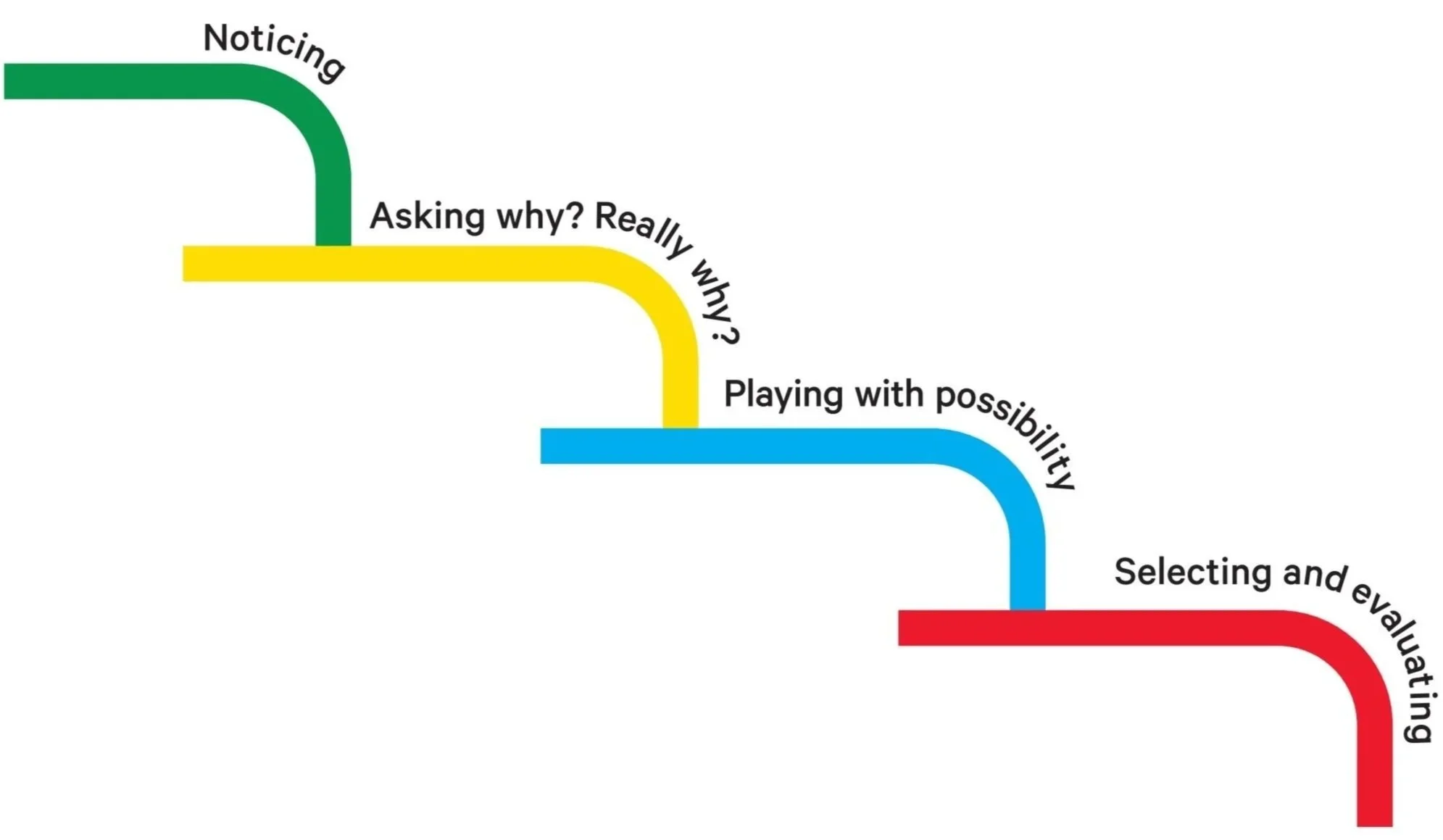What are the 4Cs?
What is Creativity?
Creativity - to craft and to inspire
Creativity is to imagine and problem-solve with possibilities by exploring the unusual and unexpected.
It is to not fear failure, to learn from mistakes, and to know there is a creative solution to everything.
Creativity is to craft, justify, inspire and evaluate ideas and skills with others.
To develop creativity, learners must have a meta-awareness of its capacity and challenges as a capability.
This can be explored through the Creativity Cascade coherence maker.
The Creativity Cascade
In the Creativity Cascade coherence maker, “creativity learning is imagined as a metaphorical cascade with four stages (or pools) that support high-quality learning. We are using the metaphor of the cascade because it suggests a process where one body of water (or understanding) falls (with gravitational force and disciplined but varied form) into the next and into the next. The cascade does not work unless the water flows from one part to the next.”
Transforming Education, Pg 75
How to teach and support Creativity
in classrooms, staff rooms and school communities
In their book Transforming Education, Jefferson and Anderson discuss the struggle in education to teach Creativity, in what’s called The pedagogy/creativity gap.
“Yet confusion persists in schools and amongst teachers about how to teach creativity. While there has been a significant shift in the discussion of creativity internationally this has not successfully filtered into the classrooms. As Ken Robinson argues, ... ‘if the government were to design an education system to inhibit creativity, it could hardly do better…’ (2001, p.41).
We, however, want to claim the schools are the primary place to make creativity a reality and a standard process in our community. ”
The 4CTL philosophy that believes creativity is learnable and teachable means teachers, in the first instance, must learn creativity and be cognisant and competent in their capability to use creativity, embedding it into learning design and being confident in both implicitly and explicitly teaching creativity to their students.
School leaders must also learn creativity and feel comfortable embedding creativity processes into meetings, team activities and other routine school community functions, so that the very fabric of school culture is experienced as one that values and promotes creativity in all its endeavours.
This learning, while vital, doesn’t often happen in teacher university training or the normal range of professional learning offered to teachers. Therefore, specific training in creativity competence is essential. Such learning should be regular and revolve around slow, steady skills building, rather than one-off, information-heavy (and practice-empty) instruction. The 4CTL approach to building teacher capacity in creativity is to involve some learning, some planning for taking that teacher-learning into classrooms, and then critical reflection (another of the 4Cs) on how their incorporation of creativity learning into the classroom played out. This reflection folds in to the next round of learning, deepening and broadening of the teacher’s capacity to model, and teach, creativity to students.

